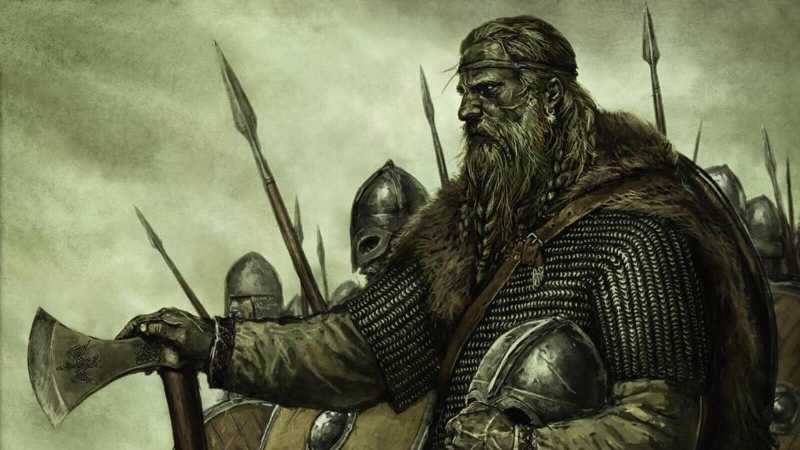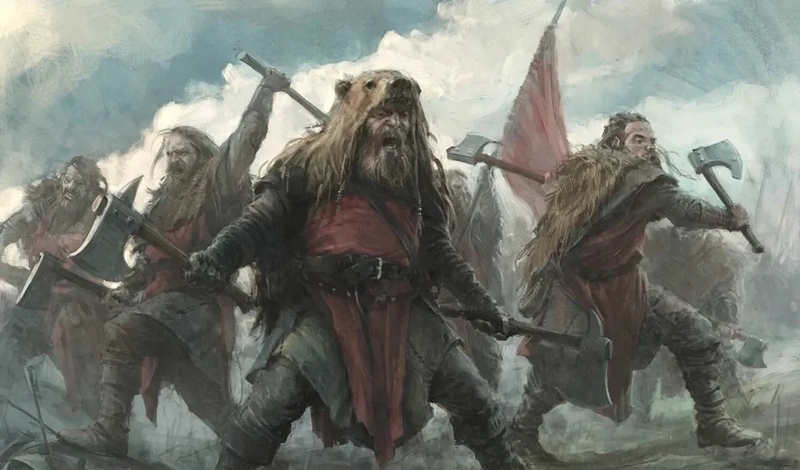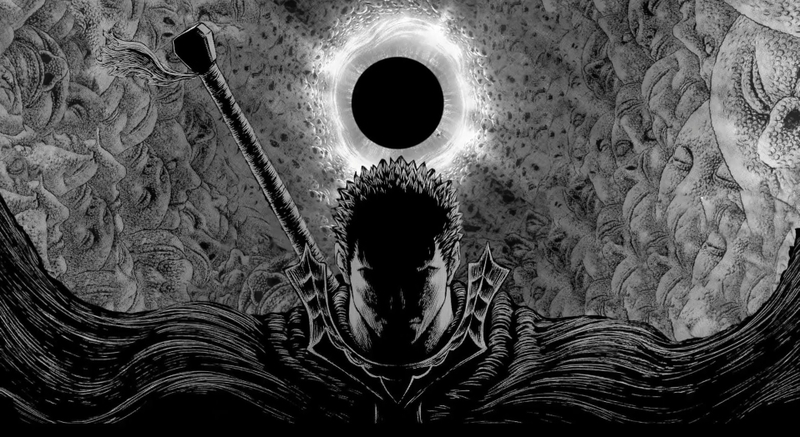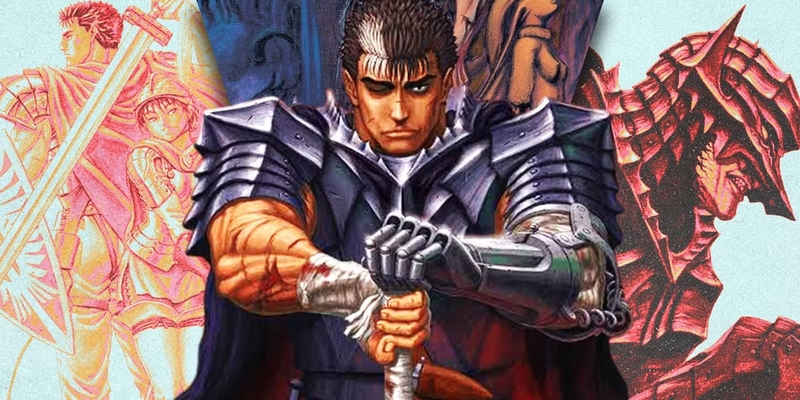When people hear the word Berserk, most immediately think of Kentaro Miura’s legendary manga — a masterpiece of dark fantasy, violence, and tragedy. However, the word itself comes from ancient Norse mythology, where “berserkers” were fierce warriors who fought in a trance-like fury, immune to pain and fear. Over time, the term evolved to describe someone who fights with uncontrollable rage — and Miura turned that ancient concept into one of the most powerful stories ever told.
The Myth of the Berserker

In Old Norse, berserkr means “bear-shirt,” referring to warriors who wore animal pelts in battle. These fighters were believed to channel the power of wild beasts, fighting with supernatural strength and madness. According to Viking legends, berserkers would howl like wolves and rush into combat without armor, driven by divine or demonic rage.

The berserker myth represents the duality of human nature — courage mixed with chaos, heroism intertwined with madness. It’s a symbol of how power can both save and destroy. Miura drew heavily on this myth to craft his version of the “berserk” spirit — embodied in his main character, Guts.
Guts – The Modern Berserker
In Miura’s manga Berserk, Guts is the perfect embodiment of this concept. Born from the corpse of his mother and raised on battlefields, Guts’ life is a cycle of survival, rage, and loss. His giant sword, the Dragonslayer, becomes a symbol of his willpower — heavy, unbreakable, and stained with the blood of countless enemies.

When Guts dons the Berserker Armor, his transformation mirrors that of the Norse warriors. The armor grants him inhuman strength but consumes his sanity, forcing him to fight like a beast even as his body breaks apart. Through this, Miura redefines the idea of a “berserk” warrior: one who fights not for glory, but to endure pain and protect the fragments of hope he still holds.
The Symbolism and Themes of Berserk
Beyond the blood and violence, Berserk is a deep story about fate, sacrifice, and resilience.
-
Fate vs. Free Will: Every character is trapped by destiny, yet Guts constantly resists it, symbolizing humanity’s fight for freedom.
-
Pain and Redemption: Guts’ life is filled with suffering, but he continues to fight to protect those he loves.
-
The Darkness Within: Miura explores how power and ambition can corrupt — as seen in Griffith’s transformation into the demonic Femto.
These themes turn Berserk into more than just a violent fantasy — it’s a meditation on what it means to remain human in a world ruled by cruelty.
The Legacy of Kentaro Miura
Kentaro Miura’s passing in 2021 left a void in the manga world, but his work continues to inspire millions. His stunning artwork, emotional storytelling, and philosophical depth have influenced countless creators, from video games like Dark Souls and Elden Ring to modern anime and fantasy novels.
Even after decades, Berserk remains unmatched for its raw emotion and artistic brilliance. Guts’ journey — filled with rage, love, and perseverance — has become a universal story about the human condition. His refusal to surrender, even against fate itself, embodies the true spirit of a berserker: to fight endlessly, no matter the odds.

From ancient Viking warriors to modern dark fantasy, Berserk transforms the myth of the berserker into something timeless and human. It’s a story not just of swords and demons, but of survival, grief, and strength Guts reminds us that even in a world of despair, courage still matters. His struggle is not about victory — it’s about defiance. And that’s why, decades after its debut, Berserk continues to stand as one of the greatest stories ever told — a brutal yet beautiful reflection of what it means to fight, to feel, and to live.
👉 Check out the New Arrival section for more gift ideas!
If you are a fan of Berserk, you can shop exclusive Berserk merch & gifts at Berserk Gifts, the perfect place for every Berserk fan.
Read More: Top 7 Berserk Halloween Gifts for Fans
